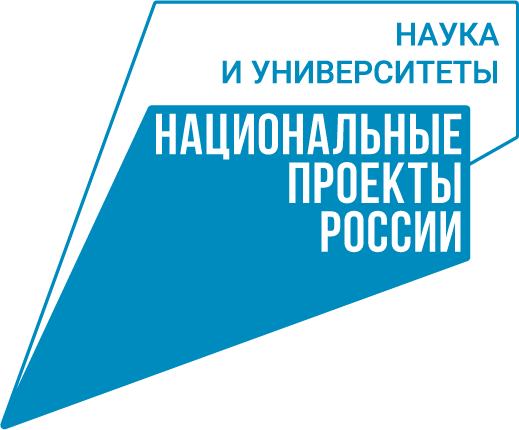The project aims to develop small-sized intelligent sensors for digital power grids. Such sensors are an order of magnitude smaller and lighter than traditional ones, and this gives potential for new, previously unavailable uses. In the future, they should become the basis for digital control systems for power grids. On the power line, sensors are mounted using the Kanatokhod (Eng. Ropewalk) system, after which they collect and process data in real time.
‘This makes it possible to use advanced network management systems and automatic systems based on the most accurate data,’ says Sergey Kokin, professor at Ural Federal University and project manager. ‘The use of sensors saves electricity by evenly distributing it. Some sensors are already commercially available.’
Products created within the framework of the project are already in use throughout Russia, Belarus, and Kazakhstan. Currently, devices for a facility in Tajikistan are being produced. More than 3,500 devices have already been produced that operate in power grids.
‘In some cases, using them makes it possible to reduce energy losses significantly. As a result, it takes implementation projects between several months and a year to pay off,’ says Andrey Medvedev, director of the I-TOR company. ‘We intend to make such sensors smaller, more compact, and cheaper. In the future, they should become the technical basis for new principles of managing high-voltage networks. In 2020, we sold about 1.5 thousand sensors, and this year we plan to increase this volume by 30–50 percent. I am sure we will also succeed in the global market. We have no competitors for voltage levels of 110 kV.’
